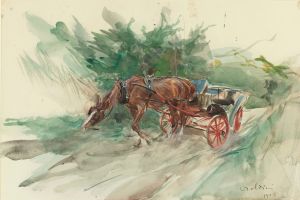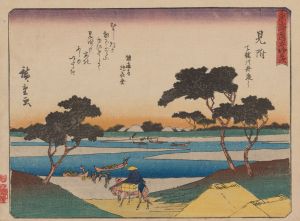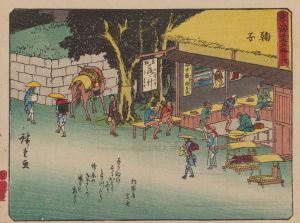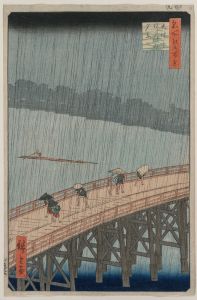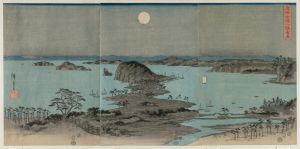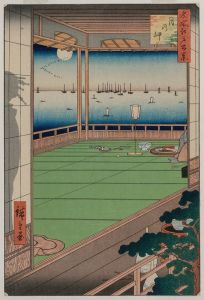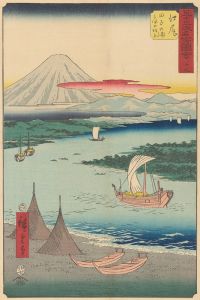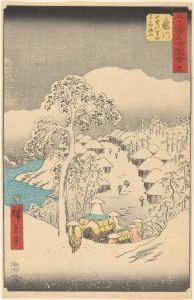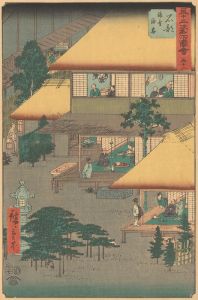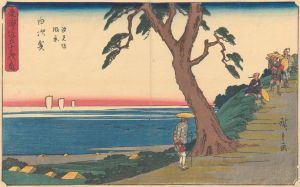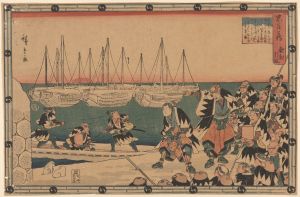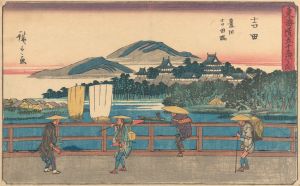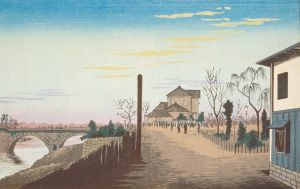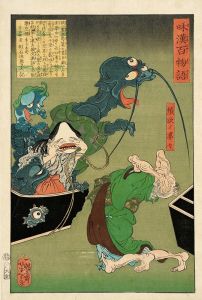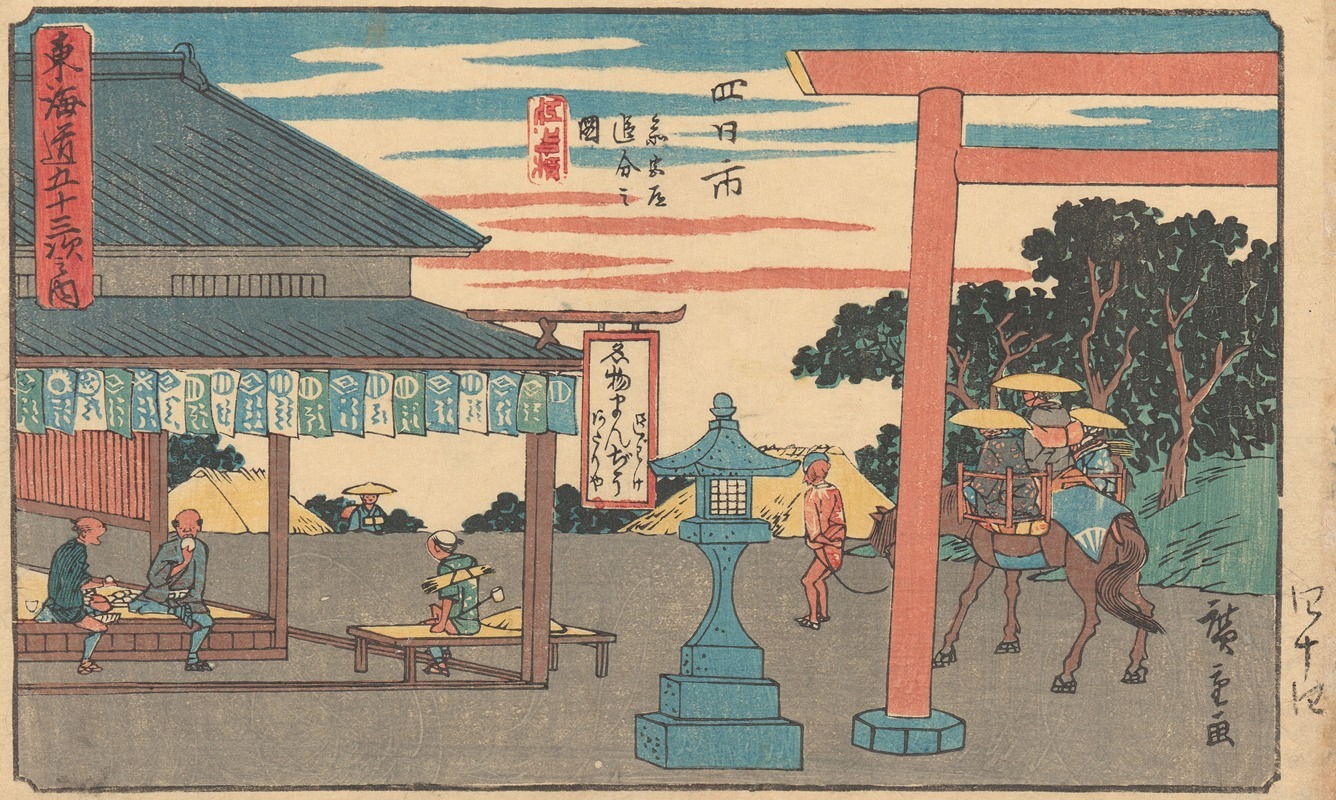
Yokkaichi
A hand-painted replica of Andō Hiroshige’s masterpiece Yokkaichi, meticulously crafted by professional artists to capture the true essence of the original. Each piece is created with museum-quality canvas and rare mineral pigments, carefully painted by experienced artists with delicate brushstrokes and rich, layered colors to perfectly recreate the texture of the original artwork. Unlike machine-printed reproductions, this hand-painted version brings the painting to life, infused with the artist’s emotions and skill in every stroke. Whether for personal collection or home decoration, it instantly elevates the artistic atmosphere of any space.
Andō Hiroshige, a renowned Japanese ukiyo-e artist of the Edo period, is celebrated for his landscape prints and series that capture the essence of Japan's natural beauty and daily life during the 19th century. One of his notable works is "Yokkaichi," which is part of his famous series "The Fifty-three Stations of the Tōkaidō" (Tōkaidō Gojūsan-tsugi no Uchi). This series, created between 1833 and 1834, depicts the various stations along the Tōkaidō road, a vital route connecting Edo (modern-day Tokyo) and Kyoto.
"Yokkaichi" is the 44th station in this series and is known for its dynamic composition and atmospheric effects. The print captures a scene at the Yokkaichi station, which was an important post town in the Ise Province, now part of modern Mie Prefecture. The town was a bustling hub for travelers and goods, strategically located near the coast of Ise Bay.
In Hiroshige's depiction, the viewer is presented with a vivid portrayal of a windy day. The composition is dominated by a strong diagonal created by the road, which leads the eye through the scene. A traveler is seen chasing his hat, which has been swept away by the gusty wind, adding a sense of movement and urgency to the scene. This element of human activity is a common feature in Hiroshige's work, illustrating the interaction between people and their environment.
The background features a view of the bay, with boats visible on the water, suggesting the town's connection to maritime activities. The sky is rendered with subtle gradations of color, indicating the time of day and weather conditions, a technique that Hiroshige mastered to convey mood and atmosphere. The use of perspective and the careful arrangement of elements within the print demonstrate Hiroshige's skill in creating depth and a sense of space.
Hiroshige's "Yokkaichi" is not only a representation of a specific location but also a reflection of the cultural and economic significance of the Tōkaidō road during the Edo period. The road facilitated trade, travel, and communication between two major cities, and the post towns along the route provided essential services to travelers. Through his art, Hiroshige documented these aspects of Japanese life, offering insights into the era's social and economic dynamics.
The "Fifty-three Stations of the Tōkaidō" series, including "Yokkaichi," played a crucial role in popularizing the ukiyo-e genre and influencing Western artists, particularly during the Japonisme movement in the late 19th and early 20th centuries. Hiroshige's work, characterized by its attention to detail, use of color, and ability to capture fleeting moments, continues to be celebrated for its artistic and historical significance.
In summary, Andō Hiroshige's "Yokkaichi" is a masterful example of ukiyo-e art that encapsulates the vibrancy and dynamism of life along the Tōkaidō road. Through his keen observation and artistic skill, Hiroshige provides a window into the past, allowing contemporary audiences to appreciate the beauty and complexity of Edo-period Japan.





